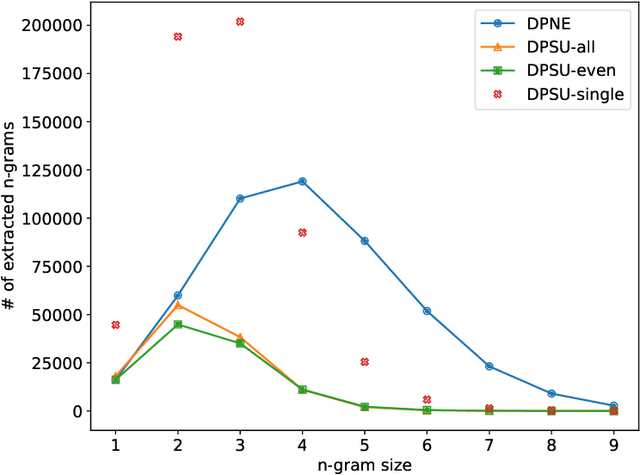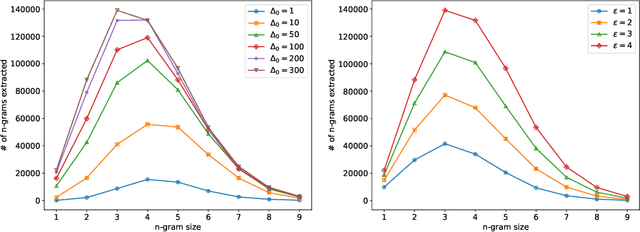Kunho Kim
As-Plausible-As-Possible: Plausibility-Aware Mesh Deformation Using 2D Diffusion Priors
Nov 28, 2023Abstract:We present As-Plausible-as-Possible (APAP) mesh deformation technique that leverages 2D diffusion priors to preserve the plausibility of a mesh under user-controlled deformation. Our framework uses per-face Jacobians to represent mesh deformations, where mesh vertex coordinates are computed via a differentiable Poisson Solve. The deformed mesh is rendered, and the resulting 2D image is used in the Score Distillation Sampling (SDS) process, which enables extracting meaningful plausibility priors from a pretrained 2D diffusion model. To better preserve the identity of the edited mesh, we fine-tune our 2D diffusion model with LoRA. Gradients extracted by SDS and a user-prescribed handle displacement are then backpropagated to the per-face Jacobians, and we use iterative gradient descent to compute the final deformation that balances between the user edit and the output plausibility. We evaluate our method with 2D and 3D meshes and demonstrate qualitative and quantitative improvements when using plausibility priors over geometry-preservation or distortion-minimization priors used by previous techniques.
SyncDiffusion: Coherent Montage via Synchronized Joint Diffusions
Jun 08, 2023



Abstract:The remarkable capabilities of pretrained image diffusion models have been utilized not only for generating fixed-size images but also for creating panoramas. However, naive stitching of multiple images often results in visible seams. Recent techniques have attempted to address this issue by performing joint diffusions in multiple windows and averaging latent features in overlapping regions. However, these approaches, which focus on seamless montage generation, often yield incoherent outputs by blending different scenes within a single image. To overcome this limitation, we propose SyncDiffusion, a plug-and-play module that synchronizes multiple diffusions through gradient descent from a perceptual similarity loss. Specifically, we compute the gradient of the perceptual loss using the predicted denoised images at each denoising step, providing meaningful guidance for achieving coherent montages. Our experimental results demonstrate that our method produces significantly more coherent outputs compared to previous methods (66.35% vs. 33.65% in our user study) while still maintaining fidelity (as assessed by GIQA) and compatibility with the input prompt (as measured by CLIP score).
Differentially Private n-gram Extraction
Aug 05, 2021



Abstract:We revisit the problem of $n$-gram extraction in the differential privacy setting. In this problem, given a corpus of private text data, the goal is to release as many $n$-grams as possible while preserving user level privacy. Extracting $n$-grams is a fundamental subroutine in many NLP applications such as sentence completion, response generation for emails etc. The problem also arises in other applications such as sequence mining, and is a generalization of recently studied differentially private set union (DPSU). In this paper, we develop a new differentially private algorithm for this problem which, in our experiments, significantly outperforms the state-of-the-art. Our improvements stem from combining recent advances in DPSU, privacy accounting, and new heuristics for pruning in the tree-based approach initiated by Chen et al. (2012).
 Add to Chrome
Add to Chrome Add to Firefox
Add to Firefox Add to Edge
Add to Edge